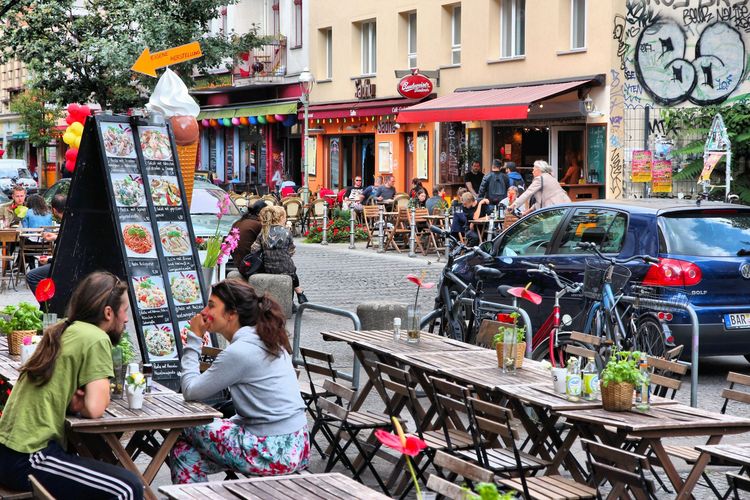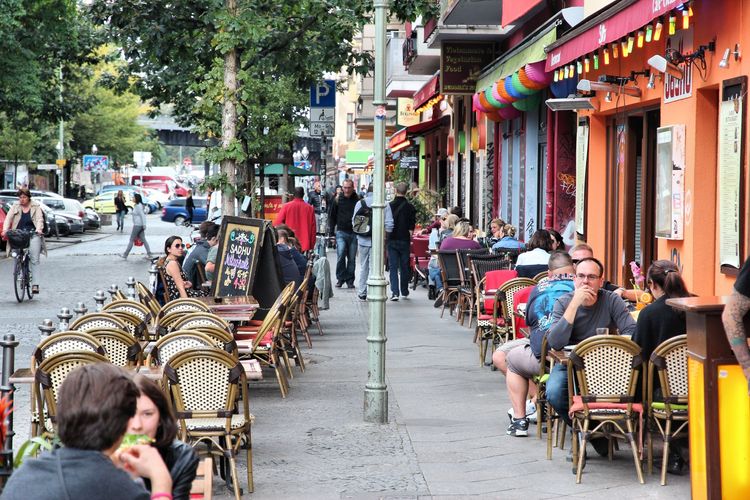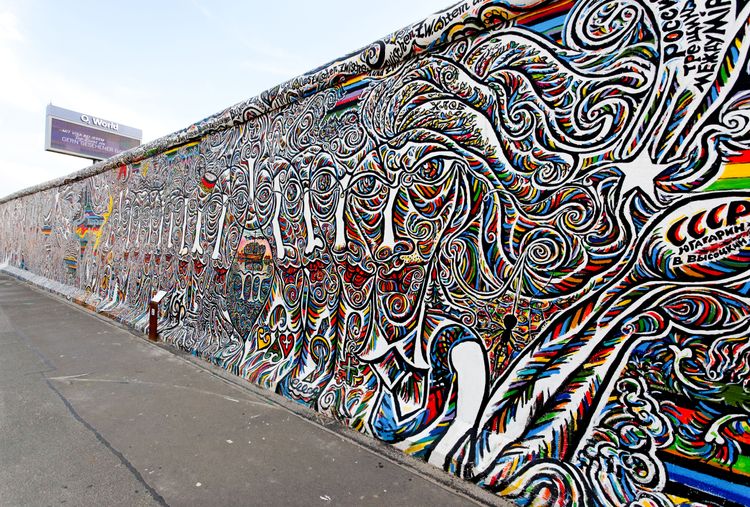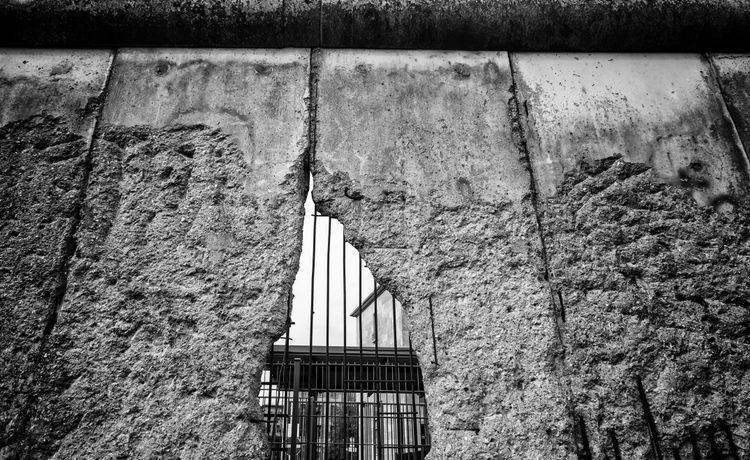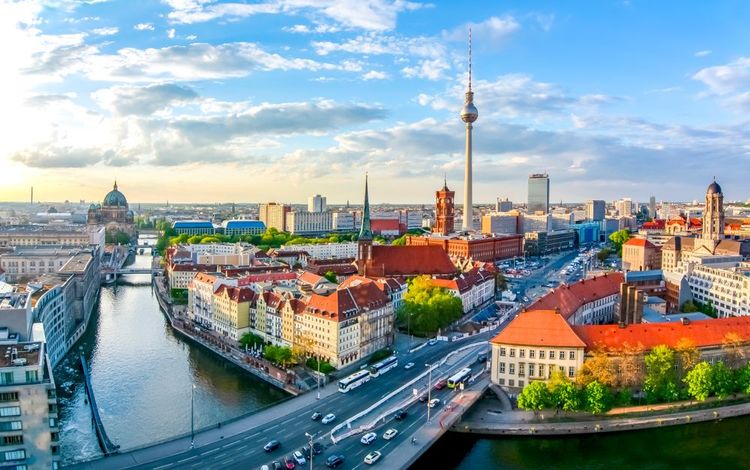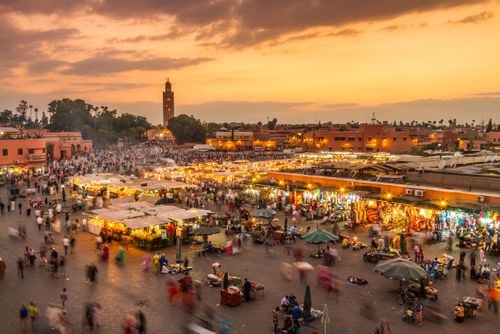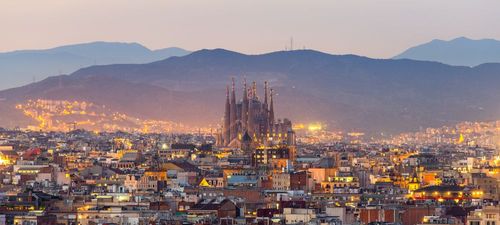The history of Kreuzberg dates back to the 19th century, when it was originally a working-class district. It owes its name to the Kreuzberg hill, located in the Viktoriapark park and home to a national monument. The district was at the centre of West Berlin during the Cold War and was separated from East Berlin by the Berlin Wall. During the 1970s and 1980s, Kreuzberg gained a reputation as a centre for alternative living, counter-culture movements and the arts. It was a hotspot for political activism, and the squatters' movement played an important role in shaping the district's identity. In recent years, Kreuzberg has become increasingly gentrified, with high-end boutiques, modern flats and upmarket restaurants popping up alongside traditional establishments. This development has given rise to debates about preserving the district's authentic identity.
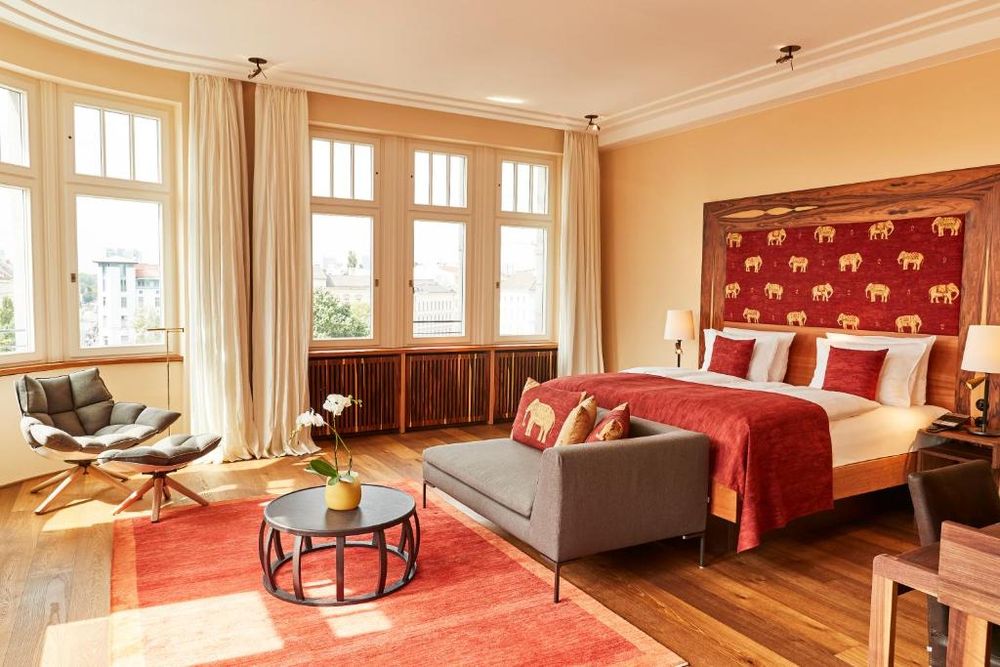 Berlin
Berlin
